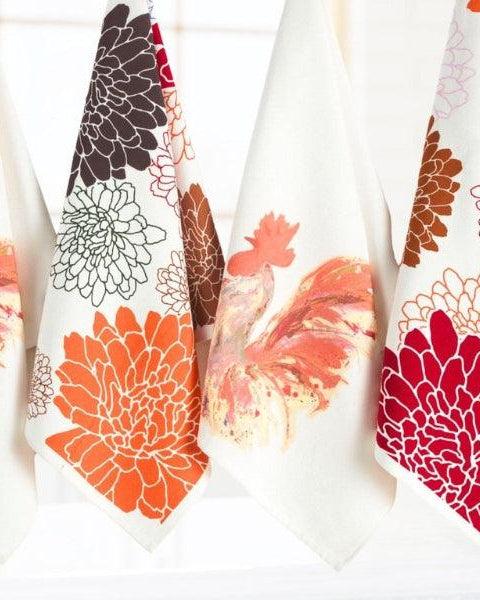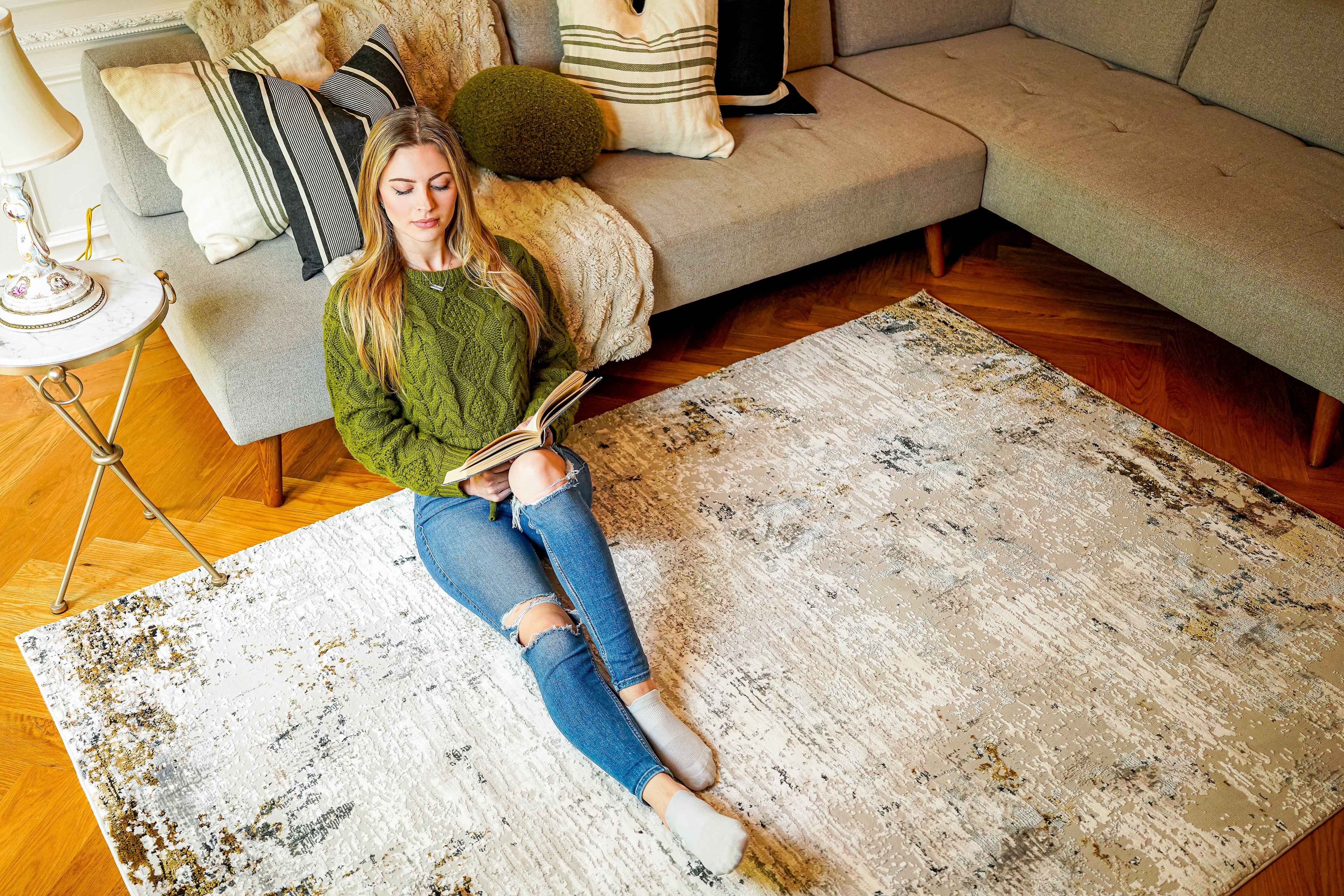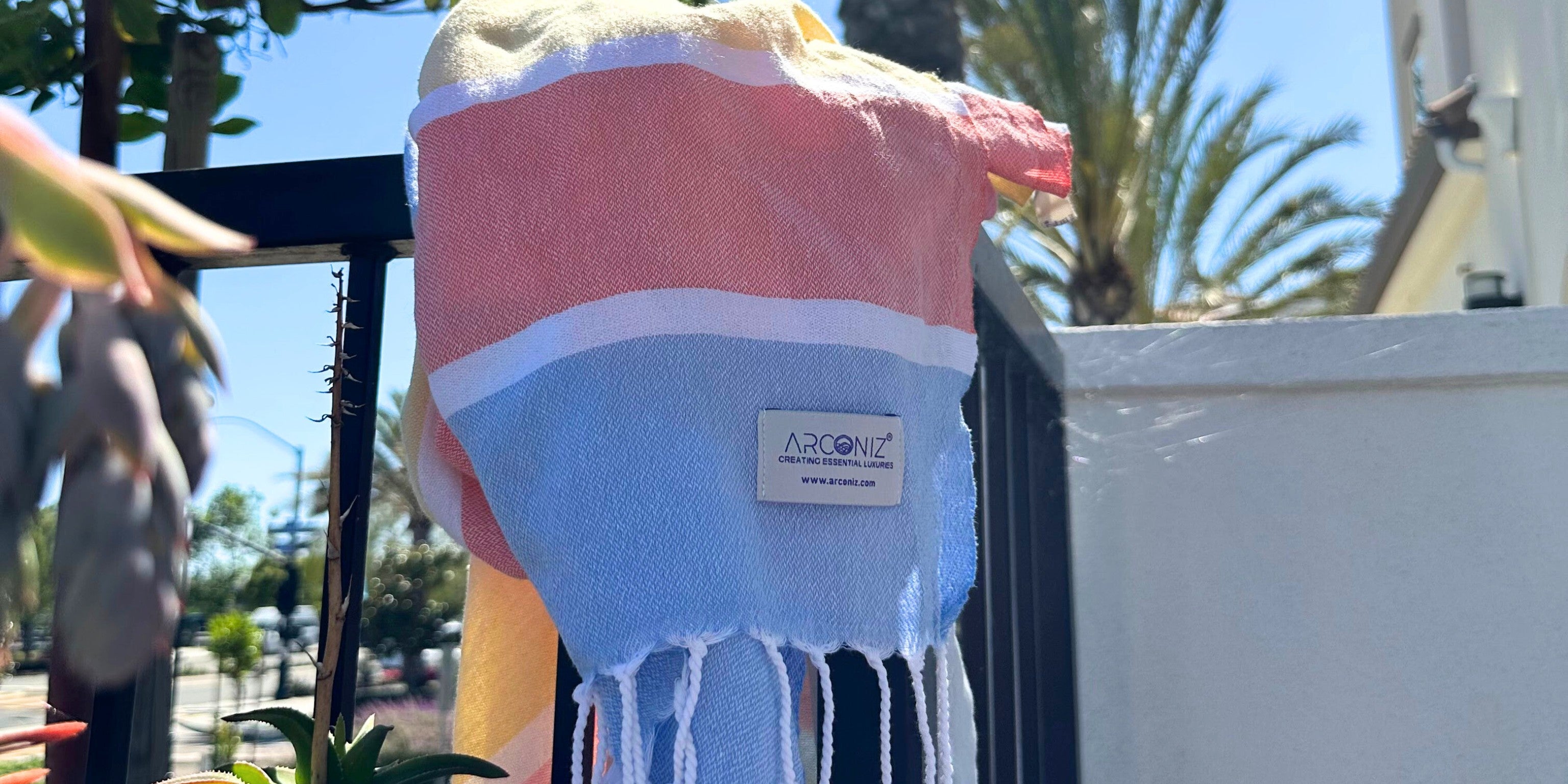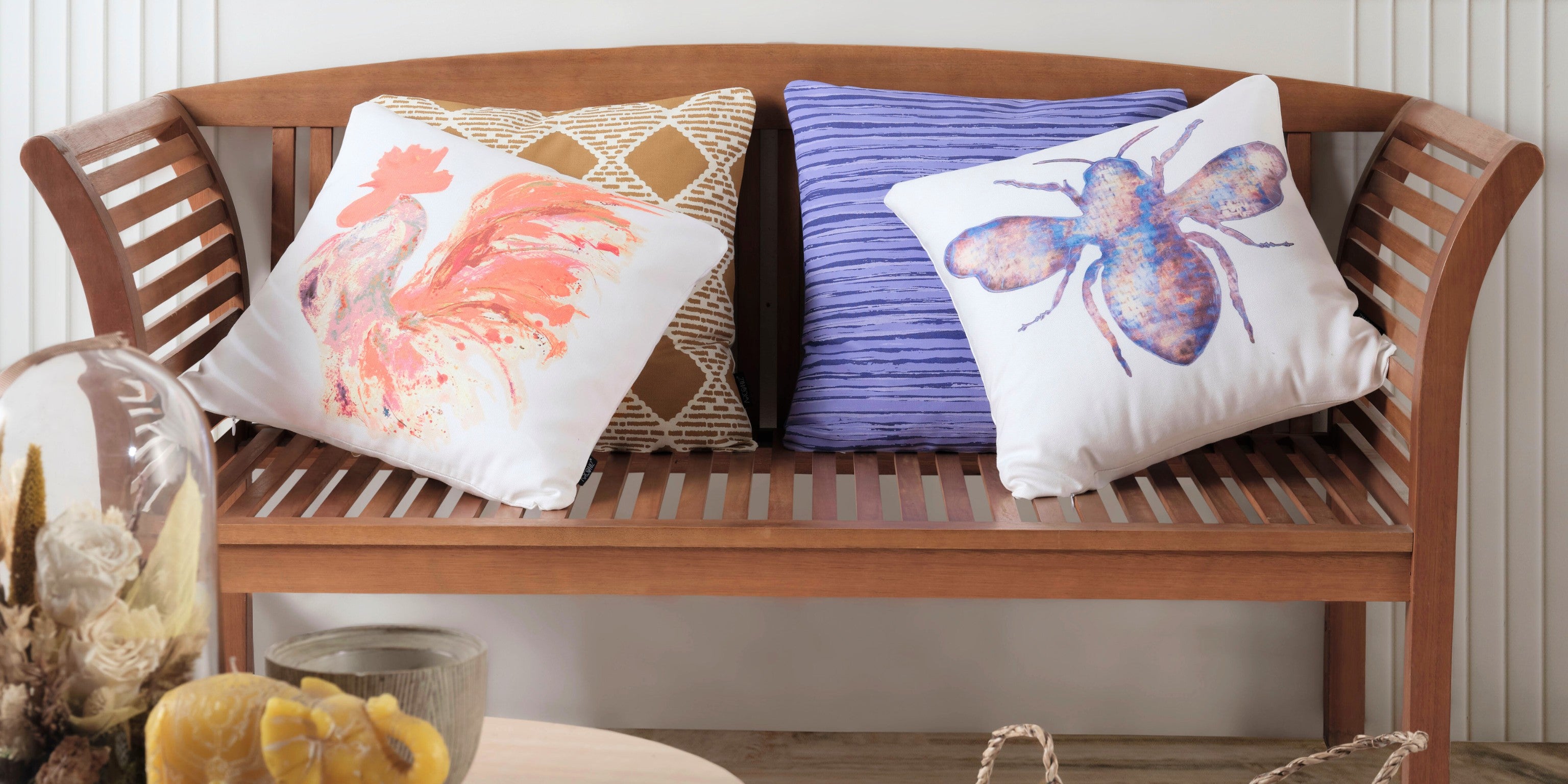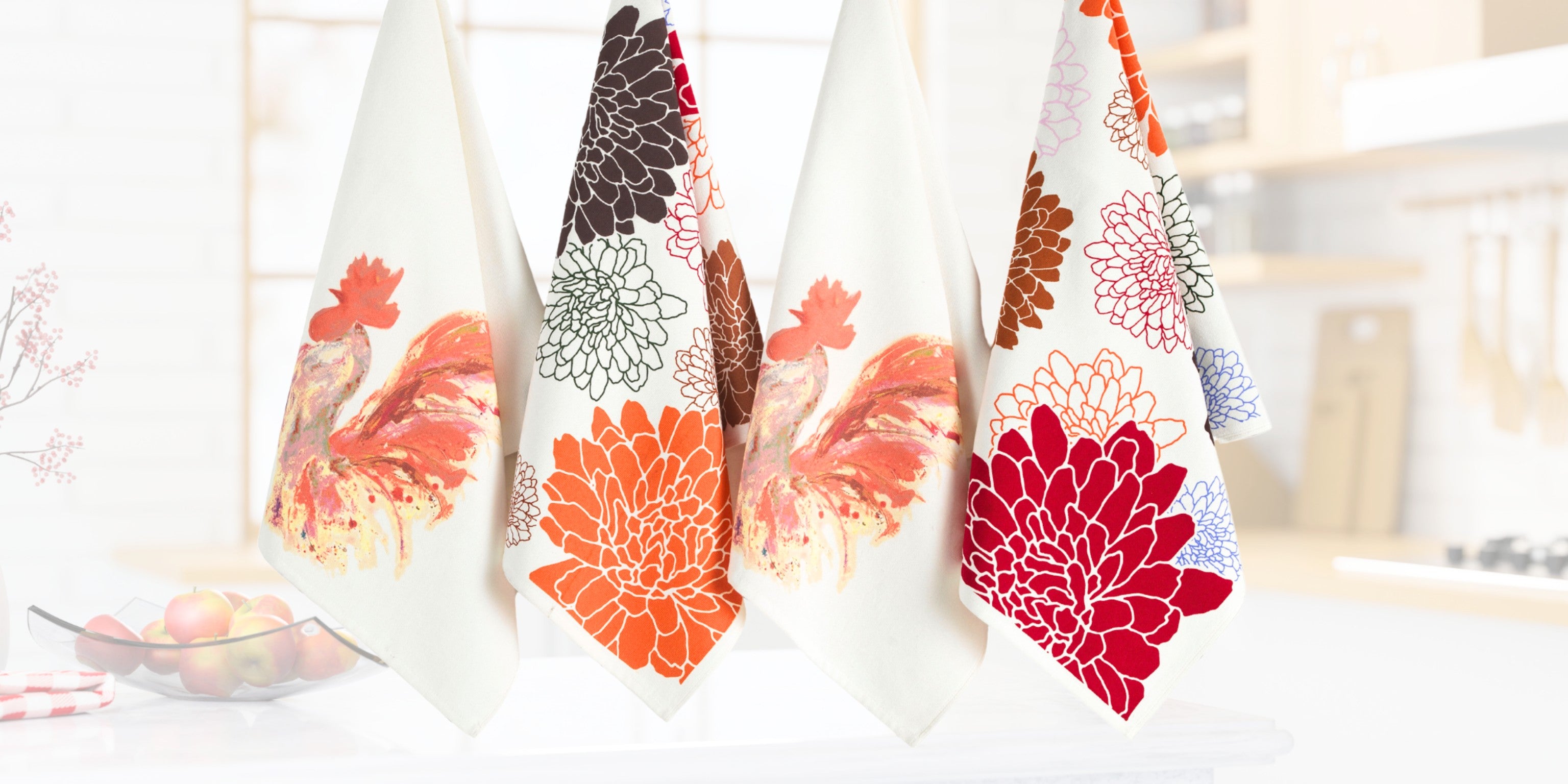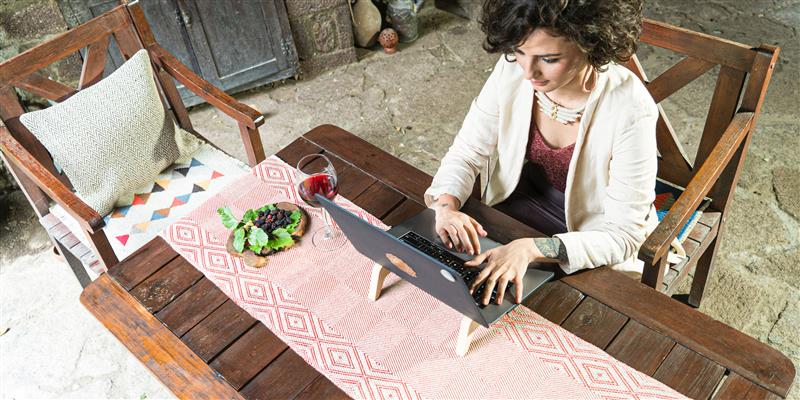Choosing the right area rug for small spaces can transform a room. It adds warmth, texture, and style. But finding the perfect rug is not always easy.
Interior designers often face the challenge of balancing aesthetics with functionality. A rug that's too large can overwhelm a space. Conversely, a rug that's too small can make a room feel disjointed.
Minimalist rugs are a great option for small spaces. They offer simplicity and elegance without cluttering the room. Light colors and simple patterns can create an illusion of more space.
The right rug can define areas and enhance the overall design. It can also add a pop of color or a touch of texture. With careful selection, area rugs can make small spaces feel cozy and inviting.
The Impact of Area Rugs in Small Spaces
Area rugs are powerful design tools, especially in small spaces. They can change a room's mood and function immediately. Rugs add color, texture, and warmth, enhancing any decor.
In small spaces, rugs help delineate and define specific areas. This is particularly helpful in open-plan designs where defining spaces is necessary. A well-chosen rug can separate a living area from a dining nook effortlessly.
Here are some key impacts of area rugs in small spaces:
- Softening sound, making spaces feel cozy.
- Creating visual boundaries without physical walls.
- Adding a layer of warmth and comfort underfoot.
Rugs also allow you to experiment with color and pattern in subtle ways. They offer the chance to inject personality into a space without overpowering it. Additionally, rugs can serve as a focal point, drawing the eye and unifying the room's design elements.
Finally, the right rug encourages a sense of harmony, tying together furniture and decor. It's the unsung hero of small space transformation, offering both style and function.
Sizing Matters: How to Choose the Right Rug Dimensions
The size of an area rug can make or break a small space. It's crucial to get it right to avoid overwhelming or underwhelming the room. The perfect size can create cohesion, balancing the space perfectly.
A common mistake is choosing a rug that's too small. This can result in a disjointed look, making the room appear smaller. On the other hand, a rug that's too large might engulf the room and crowd the floor space.
Consider the layout and furniture placement when selecting rug dimensions. The rug should anchor furniture, such as a coffee table or sofa, without extending too far. It should enhance the design rather than dominate it.
Here are a few tips:
- Under the table: All furniture legs on the rug.
- At the edge: Front legs on, back legs off.
- Floating: Rug centered with clearance around.
These rules ensure your rug maintains flow and balance. Ultimately, a well-sized rug enhances functionality and aesthetics, playing a pivotal role in designing small spaces.
Minimalist Rugs: Less Is More for Small Spaces
Minimalist rugs offer a perfect solution for small spaces. Their simple designs can enhance without overwhelming. This style provides elegance through simplicity.
Subtle patterns or solid colors can expand the perception of a room. A minimalist rug creates the illusion of space, making a room feel larger and more open. This approach promotes a clean look, perfect for areas short on square footage.
Light hues are a key feature of minimalist rugs. They reflect light, enhancing the brightness of a space and giving it an airy feel. Additionally, these rugs blend seamlessly with various decor styles.
Here are some benefits of minimalist rugs:
- Versatility: Adapts to many styles.
- Space illusion: Makes rooms feel larger.
- Easy pairing: Matches most color schemes.
Overall, minimalist rugs seamlessly combine style and practicality, making them ideal for compact spaces. Their understated beauty and functionality resonate well with modern design principles.
Color and Pattern: Tricks to Visually Expand a Room
When dealing with small spaces, the right color and pattern can work wonders. Light-colored rugs tend to open up a room, creating an airy, spacious feel. Shades of cream, beige, or pastel can transform a cramped area into an inviting space.
Patterns, too, have a significant impact. Vertical stripes can elongate a room, adding perceived height. Geometric designs can inject modern flair while maintaining an uncluttered look. However, intricate patterns should be used sparingly in small areas to avoid overwhelming the space.
It's crucial to match or contrast the rug with the room's existing color palette. This provides visual harmony, making spaces feel cohesive and balanced. A well-chosen rug can tie different elements together, elevating the room's overall aesthetic.
Here are a few tips to consider:
- Light colors: Make the room appear larger.
- Vertical stripes: Add height and depth.
- Geometric patterns: Offer modern elegance without clutter.
Ultimately, the choice of color and pattern in area rugs can be a clever tool. It enhances both the visual appeal and perceived space, crucial for making the most of small environments.
Rug Shapes: Round, Rectangle, and Beyond
The shape of a rug can dramatically influence the perception of space. Round rugs, for example, are perfect for softening harsh corners and introducing a sense of flow. They create a focal point and work beautifully in small dining areas or reading nooks.
Rectangular rugs, on the other hand, offer versatility and can anchor furniture arrangements effectively. They are ideal for defining zones, such as separating a living room from a dining area in open-plan layouts. Choosing the right dimensions is key to maintaining balance and harmony.
For those seeking uniqueness, consider asymmetrical or runner rugs. These non-traditional shapes can add interest and break the monotony of straight lines.
Consider these shape-related tips:
- Round rugs: Soften corners, create flow.
- Rectangular rugs: Anchor furniture, define zones.
- Asymmetrical shapes: Add unexpected flair.
Ultimately, incorporating varied rug shapes can enhance small spaces. They offer functional benefits while adding an element of intrigue to interior designs.
Material Choices: Durability, Texture, and Maintenance
Choosing the right material is essential for an area rug in small spaces. Natural fibers like jute or sisal offer durability and an organic feel. They’re perfect for adding texture without overwhelming a room.
For a soft touch, wool rugs provide warmth and are naturally stain-resistant. They're easy to clean, making them ideal for homes with kids or pets.
Synthetic fibers, such as nylon or polyester, can mimic the look and feel of wool. They’re budget-friendly and offer resilient options that withstand heavy foot traffic.
Consider these material tips when selecting rugs:
- Natural fibers: Durable, add organic texture.
- Wool: Warm, stain-resistant.
- Synthetics: Cost-effective, resilient.
Ultimately, the material will influence the rug's longevity and ease of maintenance. Ensuring the right choice will keep the rug looking stylish while fulfilling practical needs.
Layering Rugs: Adding Depth Without Clutter
Layering rugs can introduce dimension and visual interest to a small space. This technique allows for creativity while ensuring the room doesn’t appear cluttered. Start with a neutral base rug to anchor the space.
Add a smaller, patterned rug on top to inject personality and style. This approach creates a cozy atmosphere and defines different zones within the room.
Consider these layering tips:
- Neutral base rug: Anchors the space.
- Smaller accent rug: Adds character.
- Varying textures: Elevates visual interest.
This layered look can transform a room, making it feel more dynamic and inviting. Balancing different textures and patterns is key to achieving a sophisticated design.
Placement Strategies: Anchoring and Defining Zones
Strategic placement of area rugs is essential in small spaces. Rugs can serve as anchors, grounding furniture groups and creating specific zones. This technique is especially useful in open-plan areas.
To define zones effectively, position rugs under central furniture pieces. For instance, in a living room, ensure the rug encompasses at least the front legs of your seating. This creates a cohesive look and strengthens the room's layout.
In multi-functional spaces, use rugs to delineate activities. For example, separate a dining area from a living area with distinct rugs. This not only organizes the room but also adds layers to your design narrative.
Remember these key placement tips:
- Anchor with furniture: Provides cohesion.
- Define zones: Clarifies purpose.
- Enhance flow: Maintains balance.
Thoughtful rug placement can transform small spaces, making them more functional and visually appealing.
Functional Considerations: Safety, Cleaning, and Longevity
When selecting area rugs for small spaces, functionality is key. Safety should be a top priority, especially in homes with children or pets. Opt for rugs with non-slip backing to prevent accidents and ensure stability.
Ease of cleaning is another crucial factor. Consider rugs made from stain-resistant materials that can handle spills and daily wear. This is particularly important in high-traffic areas to maintain their appearance over time.
Longevity should guide your choice as well. Opt for durable materials like wool or synthetic fibers that withstand frequent use. Investing in a high-quality rug ensures it remains a beautiful and practical feature in your space for years.
Keep these in mind:
- Safety: Non-slip backing.
- Cleaning: Stain-resistant materials.
- Longevity: Durable fibers.
Expert Tips for Selecting Area Rugs for Small Spaces
Choosing the perfect area rug for a small space involves a mix of style and practicality. Experts recommend starting with the room's layout to ensure the rug enhances the existing decor. A well-chosen rug can anchor and define a room, making it feel cohesive.
Consider the room's function and traffic level. High-traffic areas benefit from durable materials, while living rooms or bedrooms might allow for more delicate choices. Additionally, the room's lighting can influence rug color choices, as certain hues can either brighten or overshadow the space.
Here are key expert tips:
- Visual Balance: Coordinate with existing furniture.
- Texture Addition: Incorporate different materials.
- Flexibility: Opt for easy-to-move designs.
Conclusion: Creating Beautiful, Functional Small Spaces with Area Rugs
Selecting the right area rug can transform a small space into a stylish and functional haven. Thoughtful choices regarding size, color, and material help maximize the space's potential without compromising aesthetics. Rugs serve not only as decor but also as practical elements enhancing comfort and style.
As you design small spaces, remember that area rugs are versatile tools. They add warmth, define areas, and introduce color. Trust in the transformative power of a well-chosen rug to create a cohesive and inviting environment for your clients.



